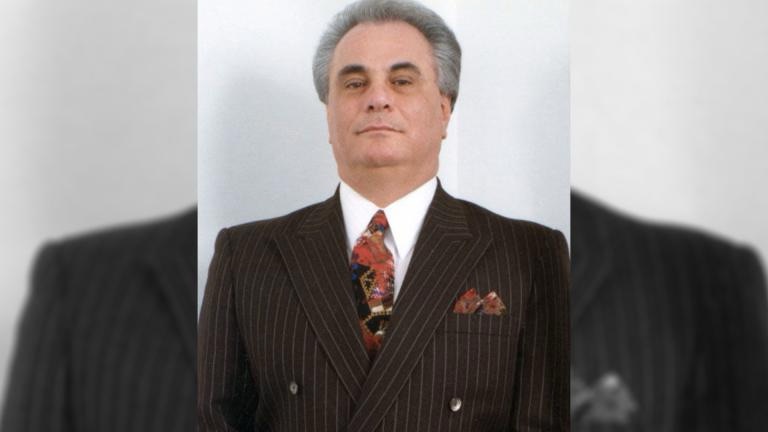To understand organized crime in New York, it’s crucial to know about the Five Families. These powerful Italian American crime organizations dominated the city’s criminal underworld for decades, especially during the Mafia’s peak. This overview examines the rise of the Five Families and the efforts by law enforcement to bring their operations to a halt.
Origins of the Five Families
The roots of New York’s Mafia trace back to the Sicilian Mafia, known as Cosa Nostra, and the influx of Italian immigrants to the U.S. in the late 19th and early 20th centuries. The formation of the Five Families began in the early 1930s, following the bloody Castellammarese War, a power struggle between rival Mafia factions. The conflict ended when Salvatore Maranzano, head of the Castellammarese family, ordered the murder of his rival Joe Masseria. Maranzano then reorganized the Mafia into five families, naming himself the ‘boss of all bosses.’ However, he was soon killed on the orders of his lieutenant, Charles ‘Lucky’ Luciano, who replaced Maranzano’s leadership model with the Commission—a governing body for the Mafia. Over time, the original families evolved into the Bonanno, Colombo, Gambino, Genovese, and Lucchese families, each with its own boss, hierarchy, and territory.
The Five Families
Bonanno Family
The Bonanno family, formerly the Maranzano family, operates across Manhattan, The Bronx, Brooklyn, Queens, Staten Island, Long Island, and beyond. In 1976, FBI agent Joseph Pistone infiltrated the family under the alias ‘Donnie Brasco,’ dealing a significant blow to its operations.
Colombo Family
The Colombo family, initially the Profaci family, was a bootlegging gang during Prohibition. Primarily operating in Brooklyn, Queens, and Long Island, it was reorganized in the 1960s and renamed the Colombo family. Today, law enforcement considers it the weakest of the Five Families.
Gambino Family
Once known as the Mangano family, the Gambino family gained influence under Carlo Gambino in the late 1950s. They control territories in Brooklyn, Queens, Manhattan, Staten Island, and Long Island. The family’s most infamous leader, John Gotti, earned the nickname ‘Teflon Don’ for repeatedly avoiding conviction until his life sentence in 1992.
Genovese Family
Operating in Manhattan, The Bronx, Brooklyn, and parts of New Jersey, the Genovese family, once called the Luciano family, was led by Lucky Luciano and later by Vito Genovese. Known for its involvement in narcotics trafficking, the Genovese family remains one of the most powerful organized crime groups in the U.S., according to the FBI.
Lucchese Family
The Lucchese family, which controls parts of The Bronx, Manhattan, Brooklyn, and New Jersey, gained notoriety through real-life mobsters like Henry Hill and James ‘Jimmy the Gent’ Burke, who orchestrated the $5 million Lufthansa Heist, famously depicted in the film Goodfellas.
Decline and Law Enforcement Crackdown
The Mafia’s power began to wane in the 1980s and 1990s due to increased efforts by law enforcement, including the use of wiretaps, undercover operations, and the Racketeer Influenced and Corrupt Organizations (RICO) Act. These strategies helped dismantle the criminal empires of the Five Families, though their influence has never fully disappeared.
The Influence of the Five Families
At the height of their power in the 1940s and 1950s, the Five Families were among the most dominant forces in New York City’s underworld, maintaining their stronghold well into the 1960s. Their influence extended beyond traditional criminal activities, with deep ties to politicians, labor unions, and key industries such as construction, waste management, and entertainment. The families profited from a variety of illegal operations, including loan-sharking, gambling, and prostitution. They also engaged in drug trafficking and extortion, often forcing business owners to pay ‘protection’ money to avoid violence or sabotage.
Efforts to Dismantle the Five Families
Authorities turned to the Racketeer Influenced and Corrupt Organizations (RICO) Act to take down the Mafia. Introduced in 1970, the RICO Act was designed to target organized crime by linking multiple offenses to a broader criminal enterprise, enabling prosecutors to pursue both criminal convictions and civil penalties. One of RICO’s most significant impacts was its ability to flip lower-ranking Mafia members, or ‘wiseguys,’ into informants. In exchange for reduced sentences and protection under witness relocation programs, these insiders provided crucial testimony against higher-ranking members of the Five Families.
Although law enforcement has made substantial progress in weakening the Five Families, including high-profile arrests as recently as 2023, the families continue to operate in New York City and other regions. However, their influence is significantly reduced compared to their dominance during the Mafia’s Golden Age.
